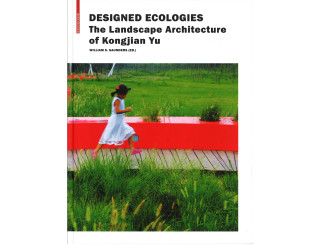
In the context of contemporary Chinese development, Turenscape’s work can justifiably be called “revolutionary.” In the disciplines of landscape architecture and planning, it is without doubt extremely bold in its new “big foot” (unbound, natural) aesthetic and emphasis on larger infrastructures. This essay will argue, however, that the work and the ideology behind it, is more evolutionary because it is a logical next step in a long tradition of Chinese land and water management. Clearly Kongjian Yu’s education in and continuing dialogue with the West has added complexity and richness to Turenscape’s work, though this work is more deeply rooted in age-old Asian landscape management that is, in his words, “an art of survival, land design, and land stewardship.”

